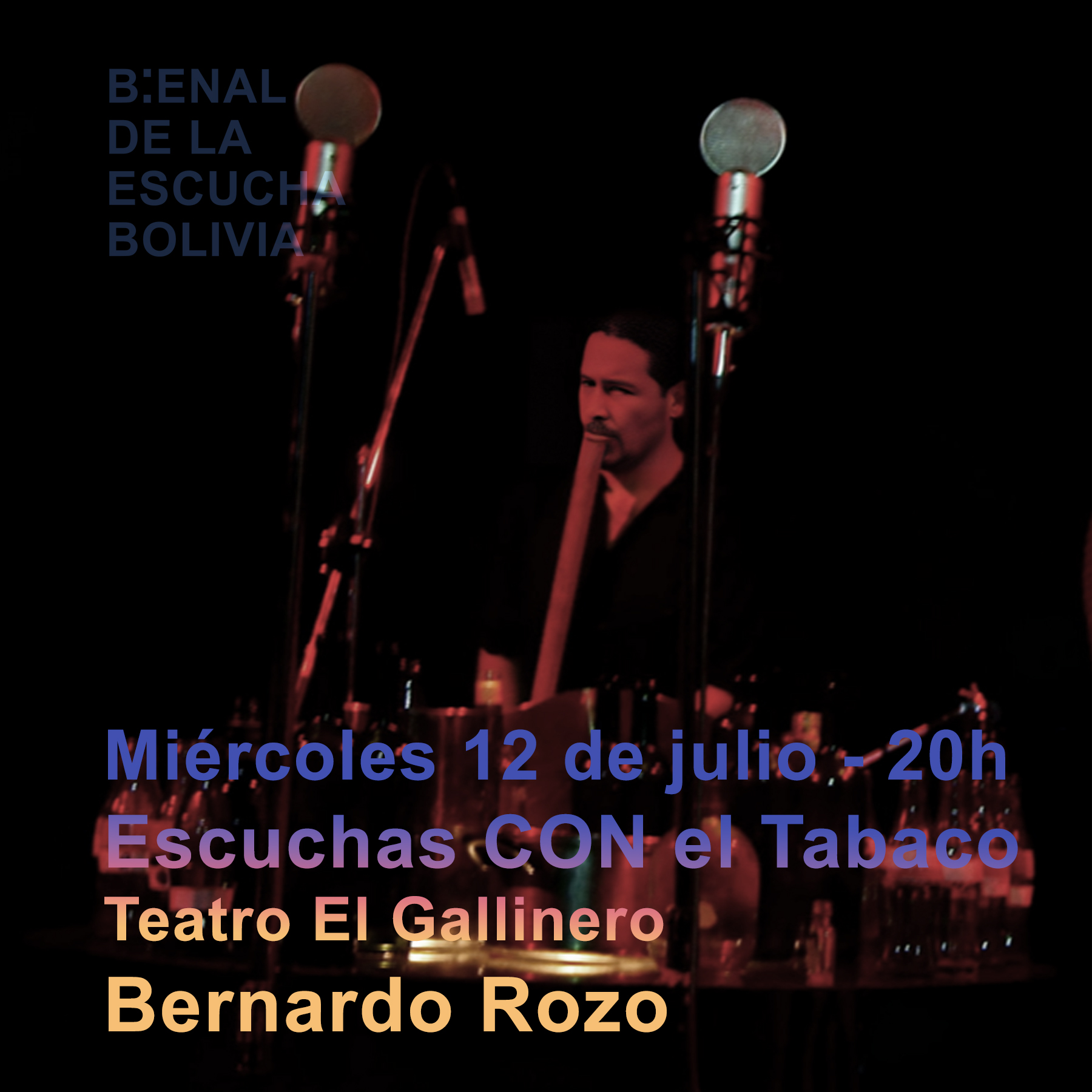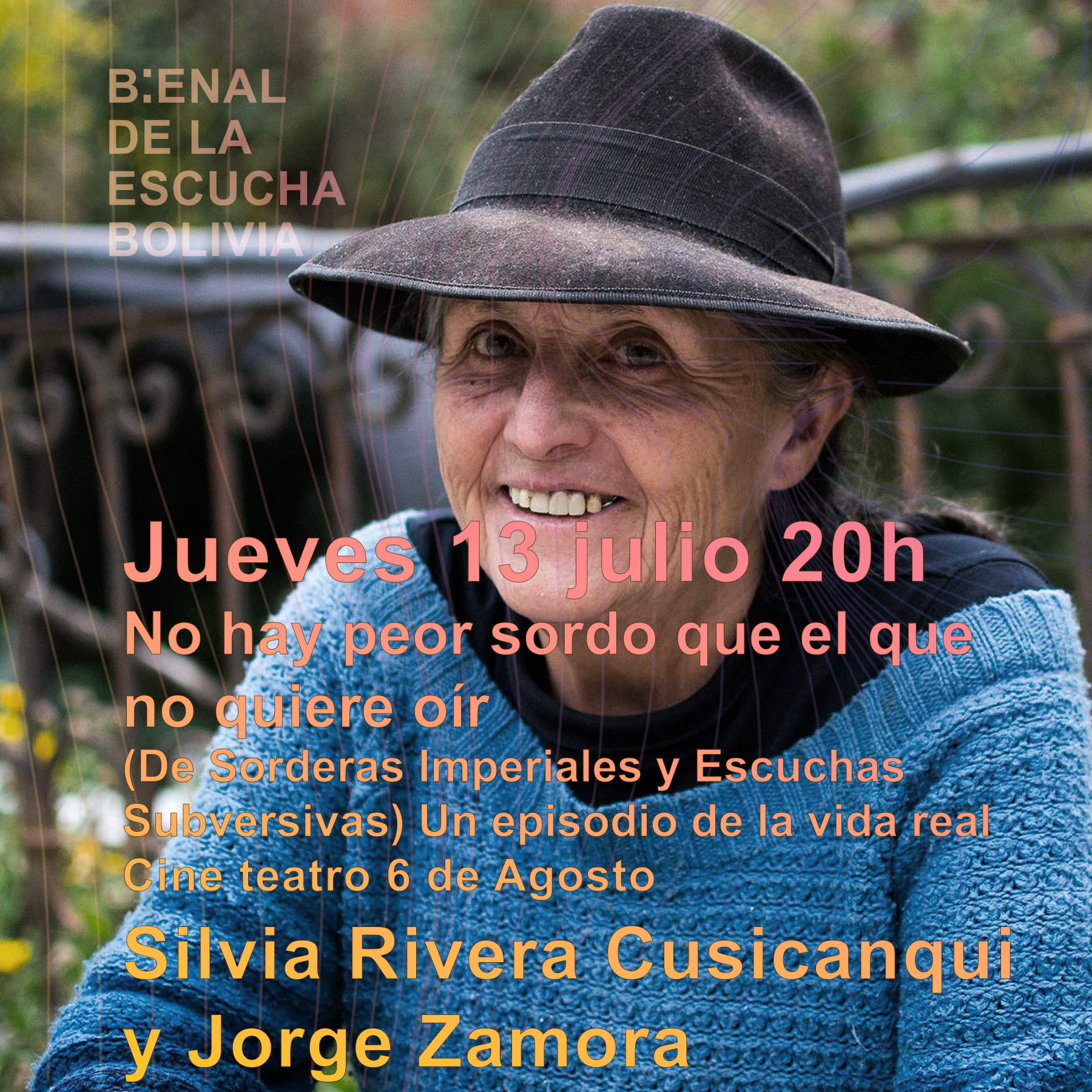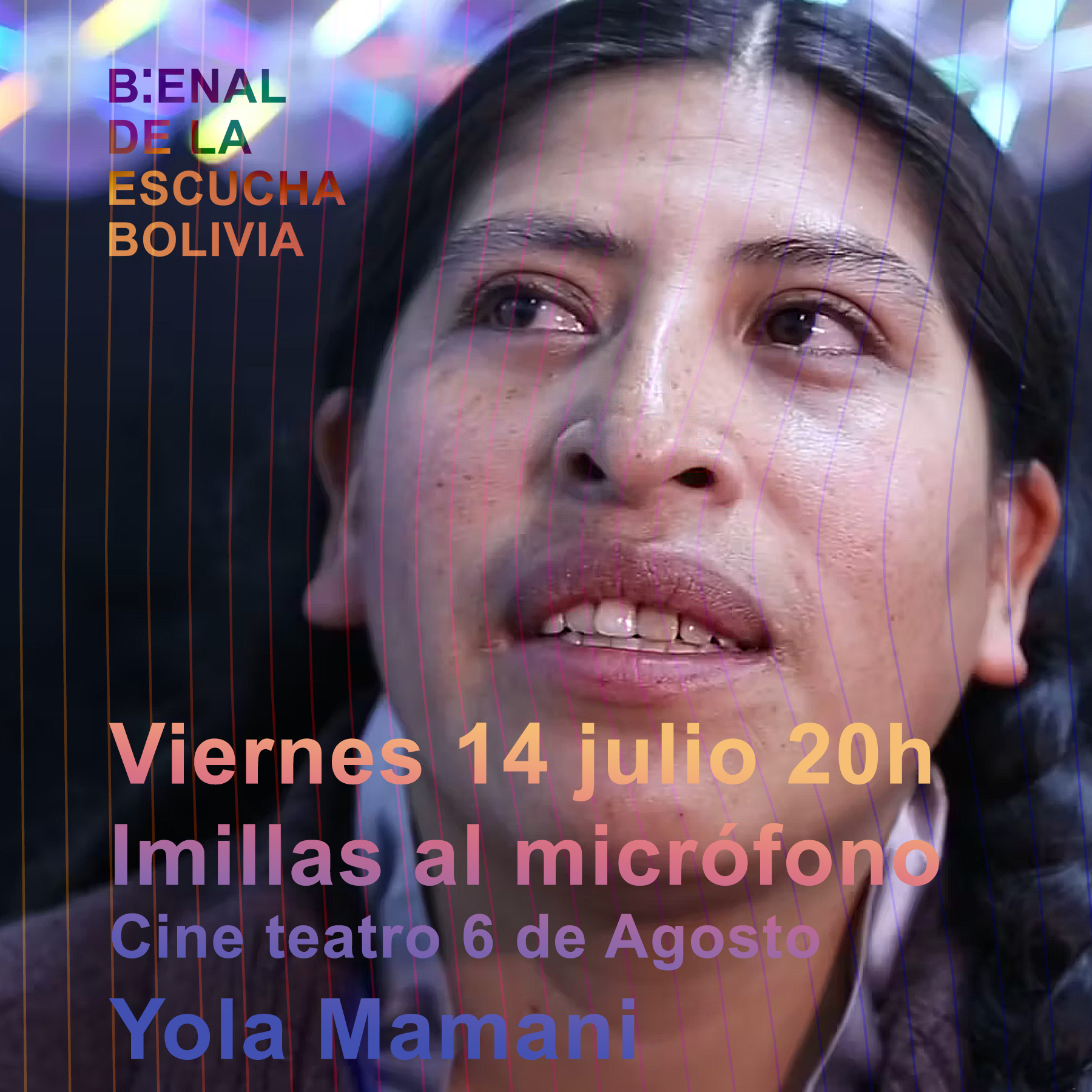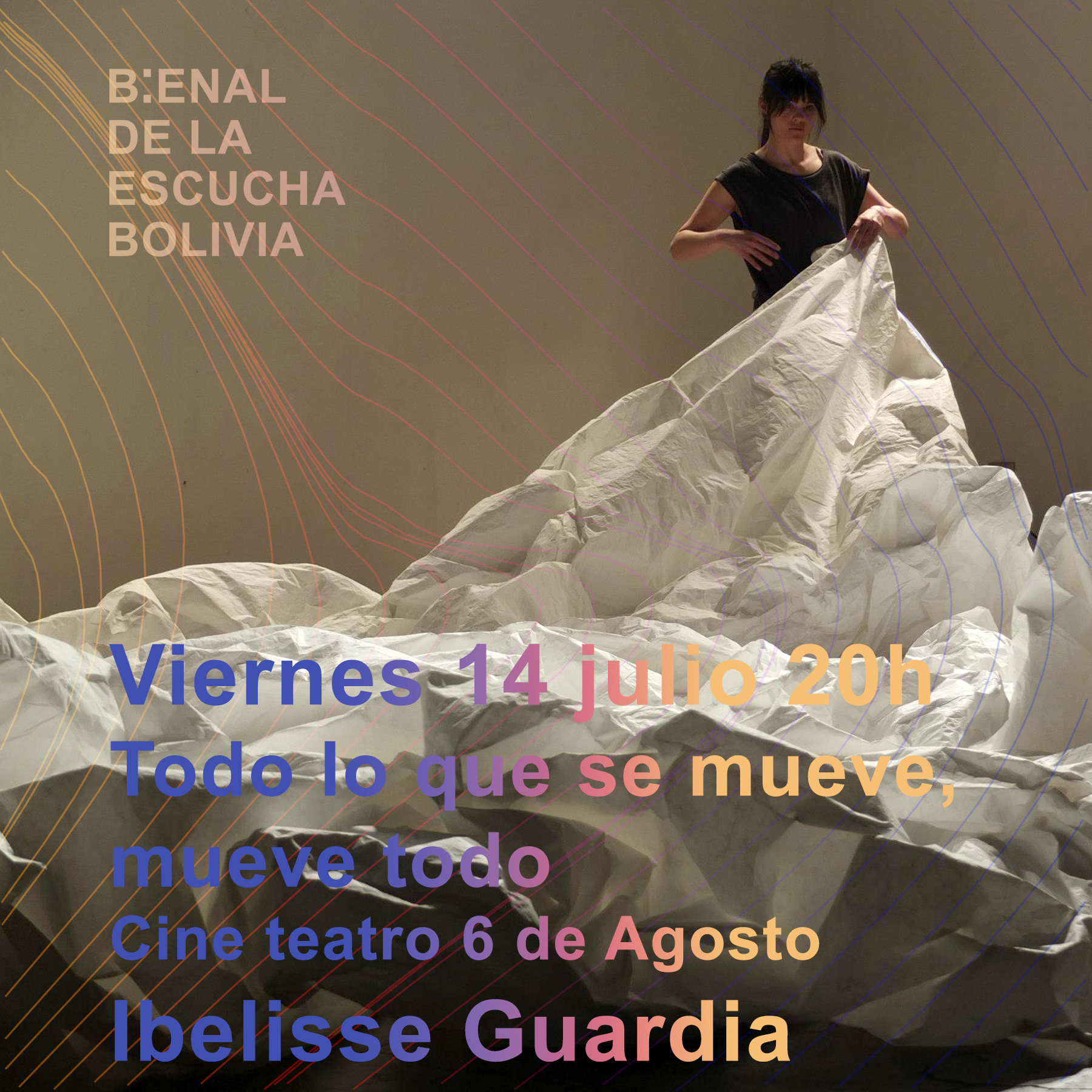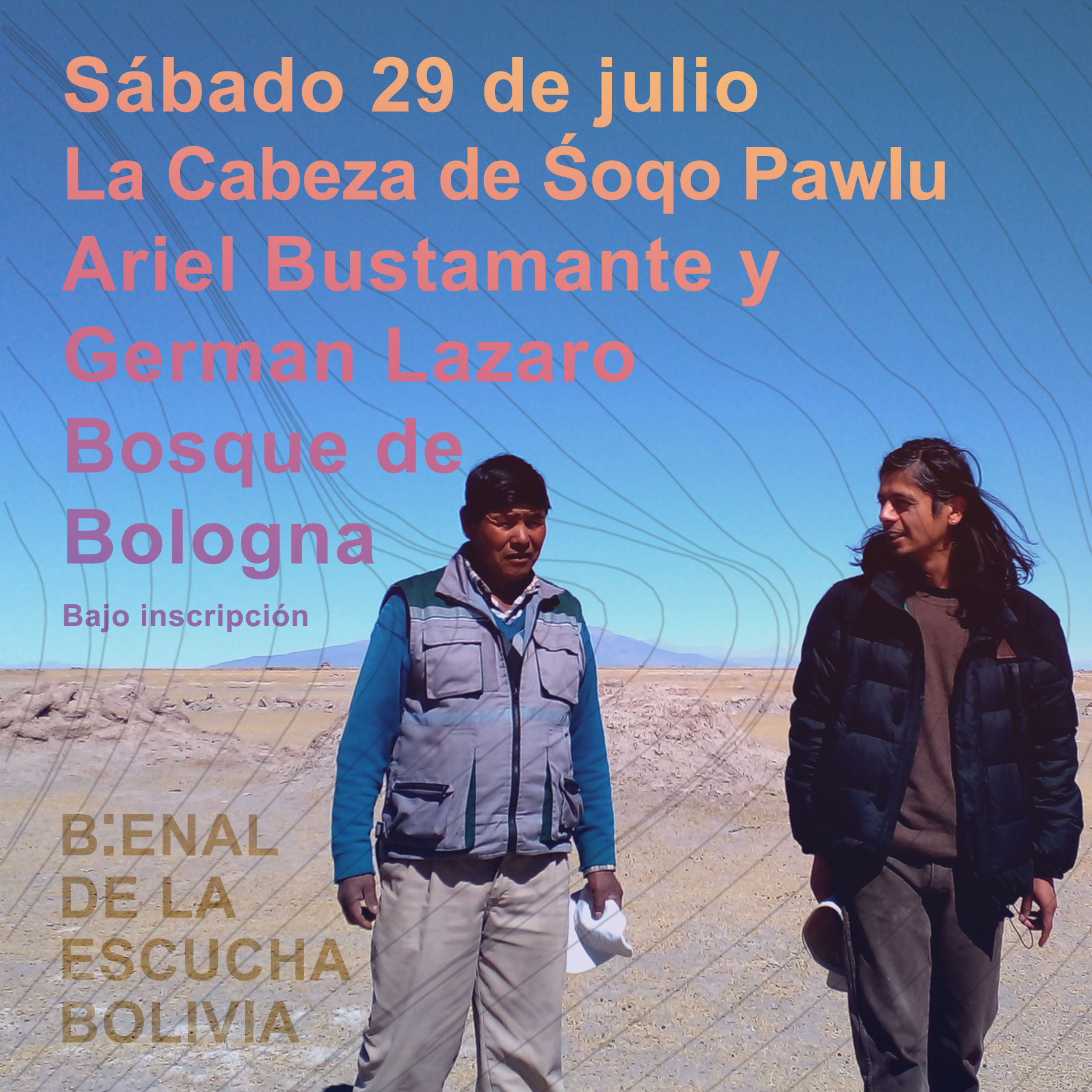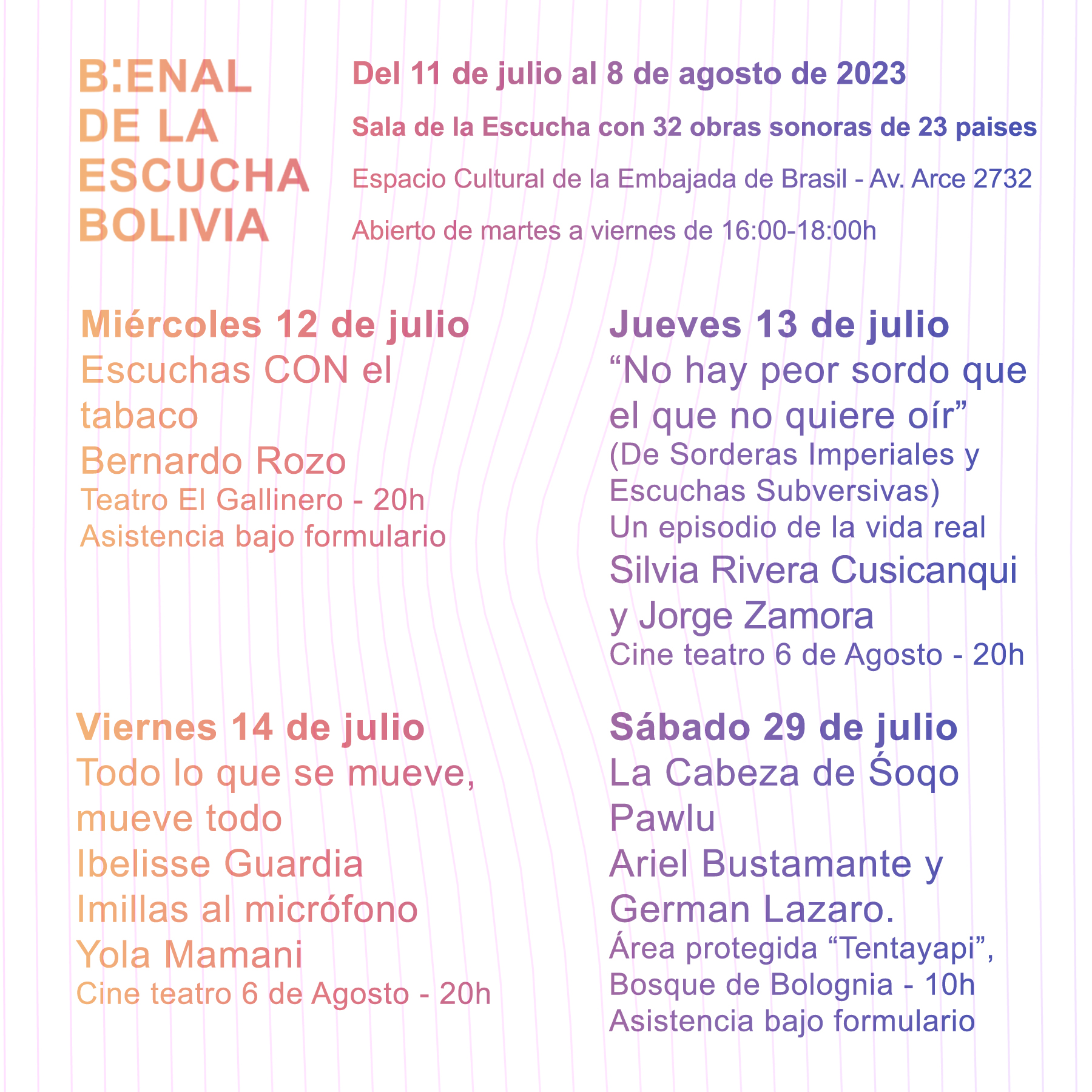THE BIENNIAL OF THE LISTENER focuses on listening as relational capacity, proposal philosophical and political, creative practice and research framework. Empathy radical listening clandestine involvement intimate, listening exercises a creative force and criticism that can help to maintain the diversity of our social adventure.
Within the environment intensely polarized today, in which the political and social debate often tends towards the conflict or the cul-de-sac…
what could the listener to represent an intervention?
While the focus is often focused on making statements, to capture the history and the importance of freedom of expression, listening is radically key to facilitating dialogue, understanding and social transformation.
To listen is to extend the boundaries of what is familiar, what is recognized and what is known. In addition, listening to allows relationships more equal, descolonizadas and ecologically attuned, amazing systems of exclusion and exceptionalism human through guidance empathetic, attentional, and more than human: listen beyond the schema often fixed in the self and the other. Listening is a power, you can open and support, can support and care for, and can provide escape and a deep friendship.
And yet, listening is very undervalued and neglected in the society.
Curator: Luísa Santos (Portugal), Rayya Badran (Lebanon), Dayang Yraola (Philippines) and Guely Morato (Bolivia).
Artistic Director: Brandon LaBelle Annette Fort and Octavio Carmago; advisors curatorial Budhaditya Chattopadhyay, Israel Martinez and Yang Yeung.
participating Artists:
Nicholas Kisic Aguirre (Peru); Rouzbeh Akhbari (Iran); Ayọ Akínwándé (Nigeria/Uk); Yara Asmar (Lebanon); Aya Atoui (Lebanon); Teresa Barrozo (Philippines); Ariel Bustamante (Chile); Alejandra Canelas (Bolivia); Lucia Herbas Lamb (Bolivia); Silvia Rivera Cusicanqui (Bolivia); Tara Fatehi with Pouya Ehsaei (Iran/Uk); Victor Mazón Gardoqui (Spain); Ibelisse Guardia Ferragutti (Bolivia/Brazil); Sara Hamdy (Egypt); Abdellah M. Hassak (Morocco); Hasan Hujairi (Bahrain); Igor Jesus (Portugal); Jason Kahn (Usa/Switzerland); Dirar Kalash (Palestine); Arendse Krabbe (Denmark); Landra (Sara Rodrigues Rodrigo Camacho) (Portugal); Yolanda Mamani Mamani (Bolivia); Mamoru (Japan); Sary Moussa (Lebanon); Arnont Nongyao (Thailand); Ayumi Paul (Germany); listening to planetary (Germany); Bernardo Rozzo (Bolivia); Griselda Sanchez (Mexico); Alexandre St-Onge (Canada); The Observatory (Singapore); Zorka Wollny (Poland)
In Bolivia we will be able to enjoy a room dedicated to listening to parts of the audio of the artists mentioned above, plus 4 special sessions by Silvia Rivera Cusicanqui, Jorge Zamora, Bernardo Rozo, Ibelisse Guardia, Yola Mamani, Ariel Bustamante and Germán Lazaro.
Rayya Badran
A resident of Beirut, writer, and translator whose practice focuses on the sound, the music and the contemporary art. His writings have appeared in various publications, as Bidoun, Ibraaz, Art Papers, Norient and The Wire, among others. He was guest editor of the online publication of the Center for Art in Beirut, The Derivative in 2020, and the curator and editor of Norient City Sounds Online Special: Beirut in 2022. Taught courses on contemporary art and studios sound in the department of Fine Arts and Art History from the American University of Beirut from 2014 to 2021 and is resident at Radio al-Hara.
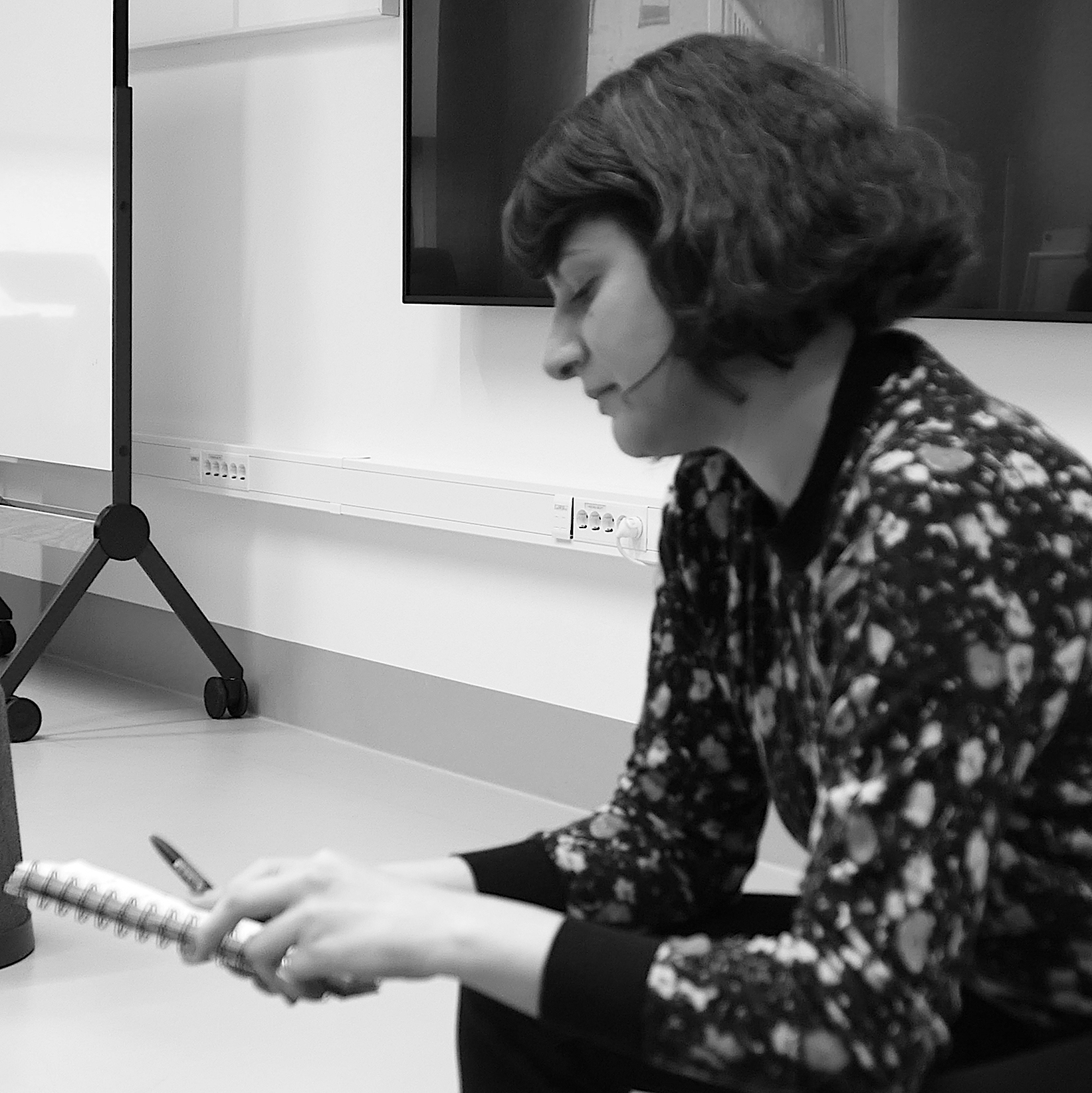
Dayang Magdalena
Nirvana T. Yraola
Dayang is licensed in Studies of Filipino and a master’s degree in Museum Studies from the University of the Philippines, and a phd in Cultural Studies from the University Lingnan of Hong Kong. She was appointed researcher at the Centre for LUHK Research and Cultural Development from 2020. Is an associate professor in the University of the Philippines, where she teaches courses in the Department of Theory, the Department of Studio Arts and the Program of Graduate Studies of the Faculty of Fine Arts, and the Department of Musicology of the Faculty of Music. Also is the curator of the Gallery of Fine Arts. It was archiving and management of collections of the Center for Ethnomusicology until 2014. As an independent curator, he founded and curated the series of artistic projects Project Glocal 2011-2015 and Composite Noises 2015-2024. His work as a curator focuses on art as a practice expanded to include residencies, performances, exhibitions and files. This includes research on the ecology of artistic practice (initiatives/groups of artists, artistic residencies and communities of practice, sound).
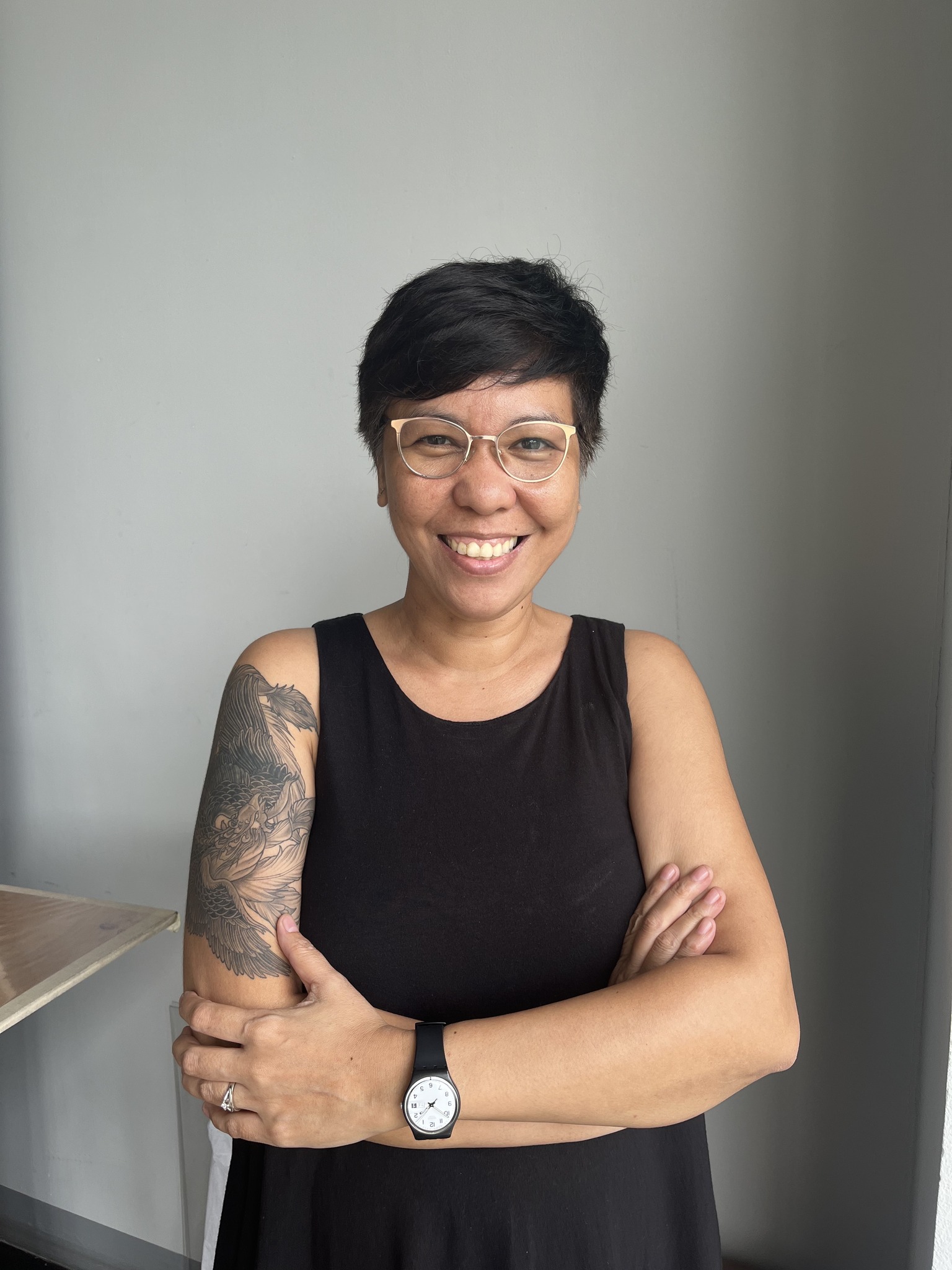
Luísa Santos
Phd in Cultural Studies by the Humboldt & Viadrina School of Governance in Berlin and a Master’s degree in Curating Contemporary Art at the Royal College of Art in London, Luísa Santos is a Research Assistant, in Cultural Studies / Art Studies from 2016 in the Faculty of Human Sciences of the Universidade Católica Portuguesa. Independent curator since 2009, conducted a research on curatorial practices in the Konstfack, in Stockholm, in 2013 and, since 2019, is a researcher at The European School of Governance (EUSG), in Berlin. Is the artistic director of the project 4Cs: from Conflict to Conviviality through Creativity and Culture, which has started with a consortium of 8 european institutions in 2017. Luísa Santos is part of the tips and publishing scientific journals Estúdio, Range, and Color, and the Yearbook of Moving Image Studies (YoMIS – Research Group Moving Image Kiel), Markets-Verlag.
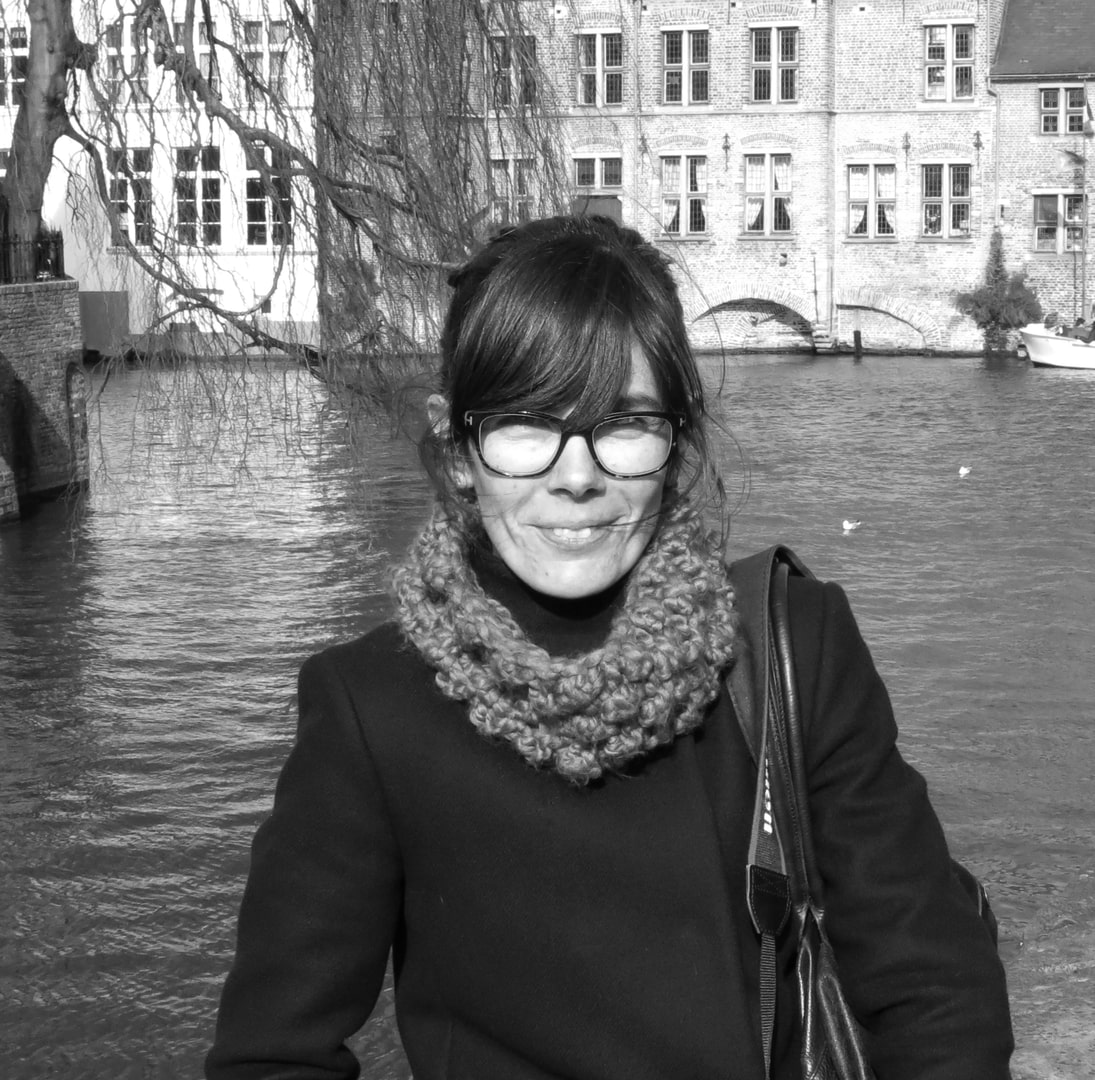
Guely Morato
Since 2014 he founded and directed Sonandes: Platform for Experimentation and Research, which organizes the only biennial specializing in sound art from Latin America. Sonandes also develops Ports: Program of Residencies (2018-2021-2023), publications, laboratories, and specialized exhibitions in sound art and studies of listening. Co-directed BELOW: changes to the body, space and subwoofer system for a project with the deaf community, which was screened by several south american capitals during 2018-2022. In 2020 he curated the exhibition online call Espaciario with essays multimedia artists bolivian, colombian, argentine, chilean and Spanish. During 2021 was the principal investigator of the team bolivian participated in The Witness_Openlab, a project which is part of the festival Sonic Matter specializing in sound and deep-listing with headquarters in Switzerland. Leads the team bolivian selected for the residency Alter in the swiss Alps during the summer of 2022. In 2020, he directed the department of Expressions Sound in the Center of the Cultural Revolution (CRC) of the Cultural Foundation of the Central Bank of Bolivia (FCBCB). In 2019 he led the MediaLab of the Cultural Center of Spain in The Peace. Made conservatorships custom made as a: Babel, stories of the listen (2019), Cardioid (2019) Mapping sonora collaborative (2017). Curated five previous editions of Sonandes: Biennial of Sound Art. From 2021 develops Wak’to, a curatorial project on the participating artists and specialists from America and Europe.Explores alternative methodologies for artistic research, the collective creation, as well as the relationship between policy, technology and gender. His work focuses on the study of perception. His work has been exhibited in various festivals and museums of America and Europe.
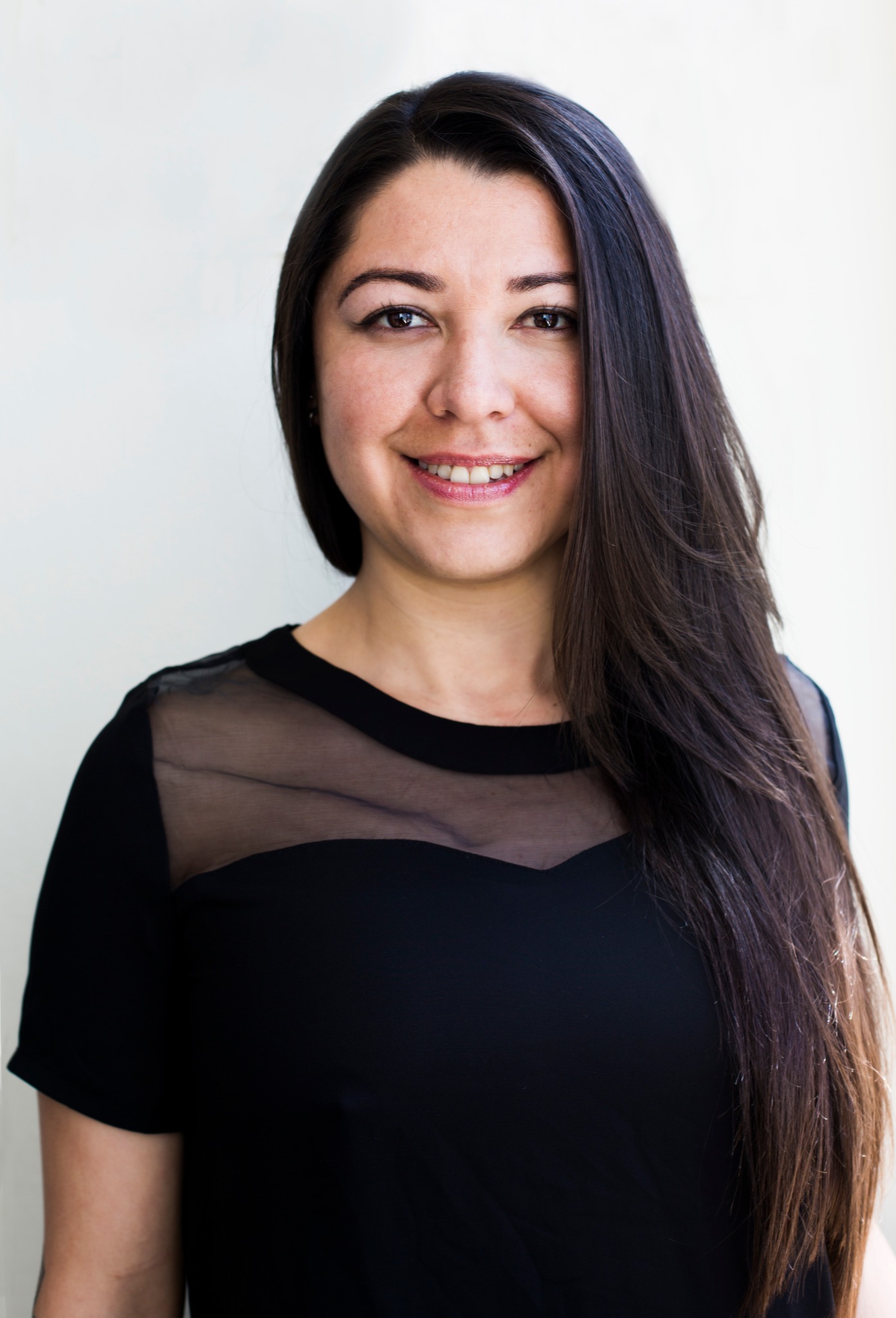
The Room of the Listener
In the Cultural Space of the Embassy of Brazil -AV. Maple 2732 – will be able to enjoy from Tuesday to Friday from 16:00-18:00h. until August 8, the room listening with 32 sound works in 23 countries
free Entry






Institutions, spaces, and collective participants:

